7 Foods That Make Your Body Burn Fat More Efficiently

When it comes to weight loss, the foods you choose can make all the difference. Certain nutrient-dense, metabolism-boosting foods have been shown to help you lose weight faster, curb hunger, and even target belly fat. These foods aren't just low in calories—they actively work with your body to speed up calorie burning and control cravings. Adding these foods to your diet can provide a noticeable boost to your weight loss journey without feeling deprived. Here's a list of seven foods that experts recommend to help you reach your goals quicker.
Berries
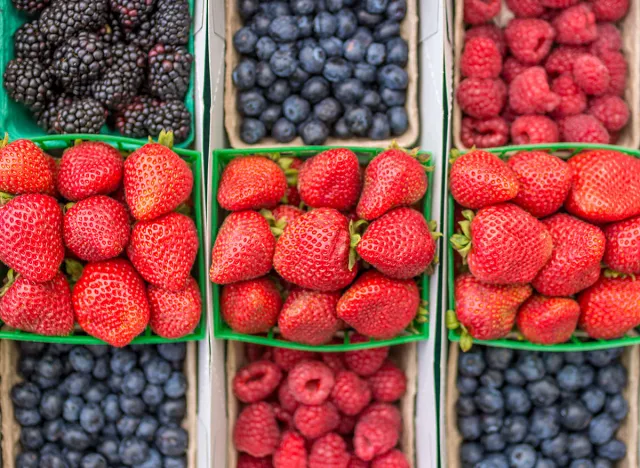
Packed with Fiber and Antioxidants
Berries like blueberries, strawberries, and raspberries are low in calories and high in fiber, helping you feel full and satisfied. They're also packed with antioxidants that fight inflammation, which has been linked to weight gain. A handful of berries can satisfy a sweet craving while supporting your weight loss goals.
RELATED: She Broke Free From a 15-Year Food Obsession Using These 8 Daily Habits
Leafy Greens
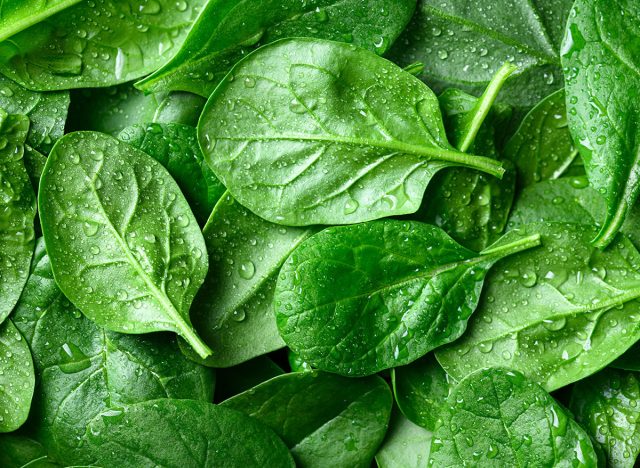
Low-Calorie Nutritional Powerhouses
Spinach, kale, and arugula are rich in fiber, vitamins, and minerals, and incredibly low in calories. They add bulk to your meals, which can help you feel fuller on fewer calories. These greens also contain compounds that support metabolism, making them an ideal choice for weight loss.
Greek Yogurt
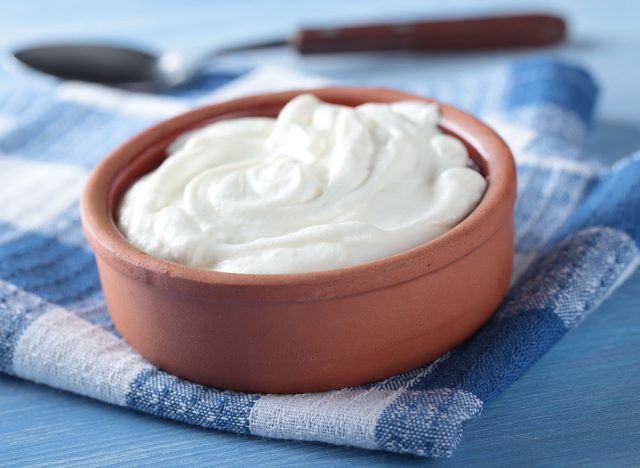
High in Protein to Keep You Satisfied
Greek yogurt is packed with protein, which helps curb hunger and promotes muscle maintenance. It also contains probiotics, which support a healthy gut—a key factor in effective weight management. Choose plain Greek yogurt to avoid added sugars that can stall weight loss.
RELATED: Pauline Perina in 2-Piece Exercise Clothes Shares "Full Body Circuit" Workout
Eggs
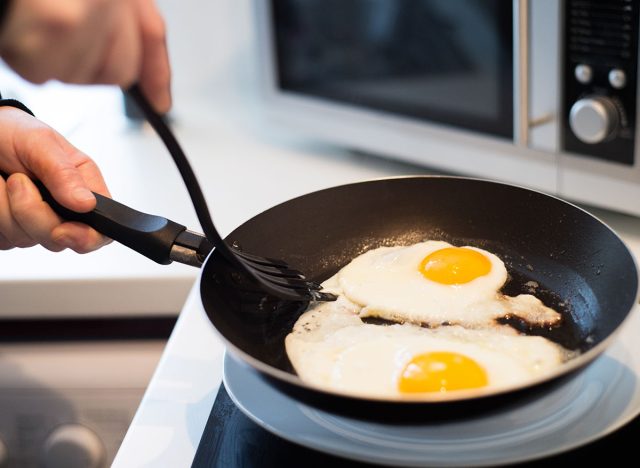
Rich in Protein and Essential Nutrients
Eggs are nutrient-dense, providing essential vitamins and high-quality protein that keeps you full for hours. Studies show that eating eggs for breakfast can reduce overall calorie intake for the day, helping you lose weight more easily. They're versatile, quick to prepare, and perfect for any meal.
Salmon
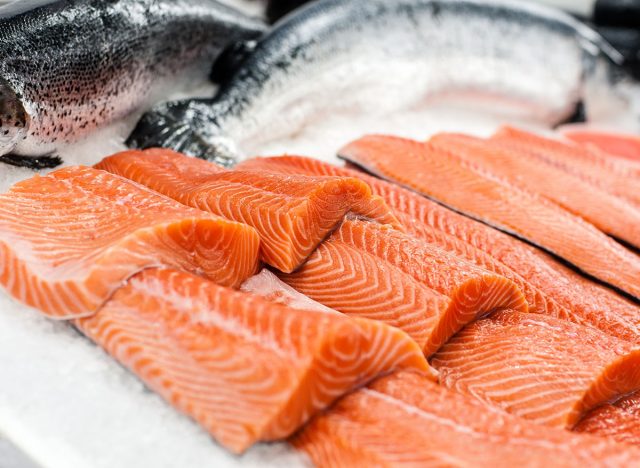
Filled with Omega-3s to Boost Fat Burning
Salmon is a great source of protein and omega-3 fatty acids, which have been shown to reduce inflammation and promote fat loss. The healthy fats in salmon also help keep you satisfied, reducing cravings for high-calorie snacks and making it easier to stick to your weight loss plan.
Green Tea
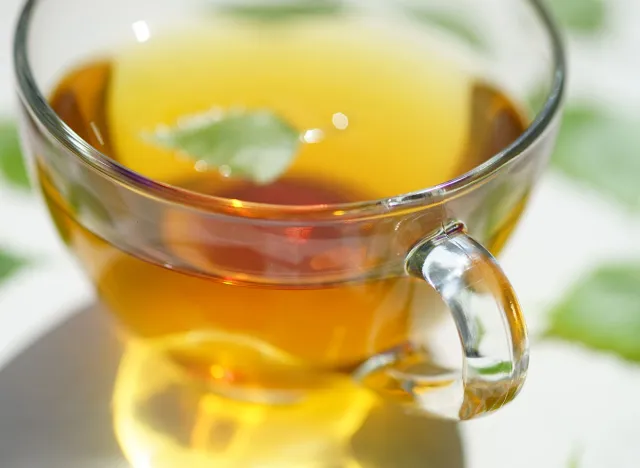
Metabolism-Boosting Antioxidant Drink
Green tea contains catechins, antioxidants that stimulate fat burning, especially around the belly. Drinking green tea regularly has been linked to increased calorie burn and reduced body fat, making it an excellent beverage choice for anyone looking to lose weight.
RELATED: 8 Ways Protein Burns Stubborn Belly Fat
Legumes
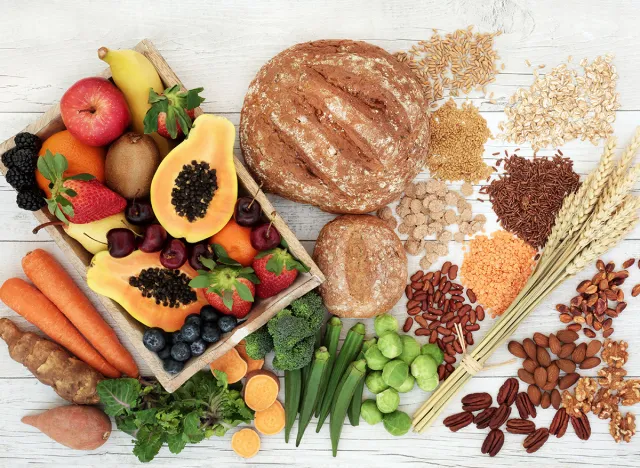
High in Fiber and Protein
Legumes like lentils, chickpeas, and black beans are high in both fiber and protein, which can help control appetite and support steady blood sugar levels. They're versatile and filling, making them a great addition to meals to keep you satisfied and on track with your weight loss goals. Including these expert-recommended foods in your diet can help accelerate your weight loss while providing essential nutrients for overall health. Each of these foods works in unique ways to support metabolism, manage hunger, and encourage your body to burn fat more effectively, making them ideal choices for a sustainable, healthy diet. And if you enjoyed this article, take advantage of these 15 Quick Ways to Lose Body Fat Percentage in a Week.




